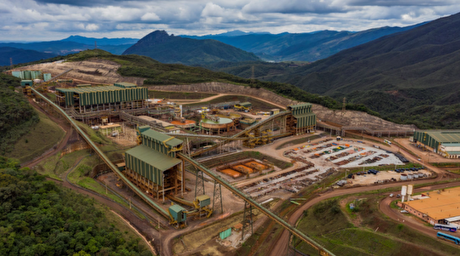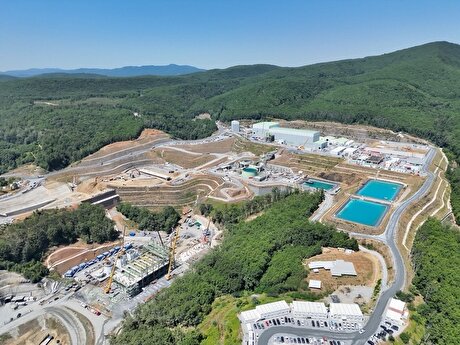
A tenth of the world’s tailing dams have had stability issues

The research, led by the Church of England (CoE) and fund managers, reveals that at least 166 of 1,635 dams holding mining waste — tailings — have had safety issues in the past.
The group noted it’s unclear how severe those problems had been, adding that miners said the issues had been addressed.
The results of the inquiry are partial, as they only reflect disclosures from less than half of the 726 companies contacted following the collapse of Vale’s Brumadinho dam in January, which killed at least 250 people.
Less than half of the 726 miners contacted have responded, with most Chinese and Indian firms not providing information
Most Chinese and Indian miners have yet to provide information, which leaves a significant gap in efforts to create a global picture of safety risks posed by tailing dams, the investors say.
“This underscores why investors, banks and insurers will be continuing to work together on this issue until such time we have confidence in a new global standard being implemented,” Adam Matthews, director of ethics for the CoE Pensions Board, said.
Companies addressed included major industry names such as BHP, Rio Tinto, Anglo American, Glencore and Vale itself, which were asked to publicly disclose their dams’ size, construction methods and safety records.
All the major listed miners have already replied. Three of them did so shortly after the inquiry was launched, unveiling they owned tailings dams considered high or extreme-risk in the event of a catastrophic failure. High-risk indicates dams that would have an immediate impact upon failure, and could cause the deaths of at least 10 people, while extreme-risk dams could cause the deaths of 100 or more people if they fail.
The facilities in question included four “extreme-risk” dams at BHP’s Olympic Dam mine, Mount Whaleback mine, Pilbara mine and Leinster mine. Two tailings dams at Rio Tinto’s Andoom and Torro mines in Queensland have been deemed ‘high-risk’, along with two dams at Glencore’s Mount Isa mining complex.
While those high-risk facilities made headlines in Australian media, the risk assessment for these dams related to the damage in case of failure, not the likelihood that they will collapse.
Seeking global standards
Currently there are no set of universal rules defining exactly what a tailings dam is, how to build one and how to care for it after it is decommissioned.
Some previous effort in that direction includes the World Mine Tailings Failures, an online database that aims at exposing the cause of tailing dams disasters, giving direction on how to prevent them.
There are about 3,500 tailings dams around the world. Unlike the ones used to build reservoirs or hydroelectric projects, tailings dams are not usually made from reinforced concrete or stone. They are mostly constructed from the waste material left over from mining operations, which — depending on the type of mine — can be toxic.
Group aims to complete a global database of risks posed by dams by the first anniversary of the Brazilian disaster on Jan. 25, and ultimately create global safety standards
Only three countries in the world ban upstream dams — Chile, Peru, and now Brazil. Chile, the world’s No.1 copper producer, also regulates the minimum distance between dams and urban centres. But the nation still has 740 tailings deposits, only 101 of which are active, with the rest abandoned or inactive, according to data from mining agency Sernageomin.
The results of the inquiry come as global investors are increasingly focused on ensuring mining companies reduce their environmental footprint, improve their governance and reduce the number of fatalities.
“The database we have under construction will support an informed dialogue with mining companies and governments about how to address the ongoing risks around tailings dams,” University of Sydney professor Elaine Baker said in a statement.
Other than CoE, the group carrying out the inquiry (representing more than $13.5 trillion assets under management) includes Swedish Pension funds, Dutch funds APG and Robeco, the UK’s LGPS Central fund, New Zealand Super, and BMO Global Asset Management.


First Quantum scores $1B streaming deal with Royal Gold
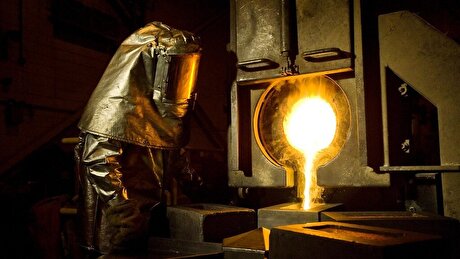
Newmont nets $100M payment related Akyem mine sale

Caterpillar sees US tariff hit of up to $1.5 billion this year
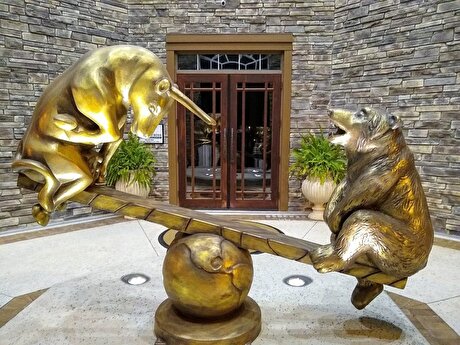
Gold price rebounds nearly 2% on US payrolls data

Goldman told clients to go long copper a day before price plunge

Australia pledges $87M to rescue Trafigura’s Nyrstar smelters in critical minerals push

Copper price posts second weekly drop after Trump’s tariff surprise
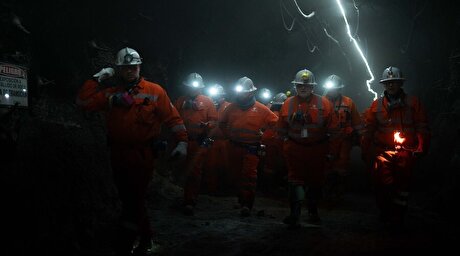
One dead, five missing after collapse at Chile copper mine
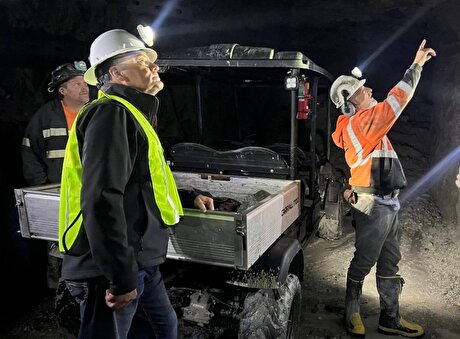
Idaho Strategic rises on gold property acquisition from Hecla

Century Aluminum to invest $50M in Mt. Holly smelter restart in South Carolina
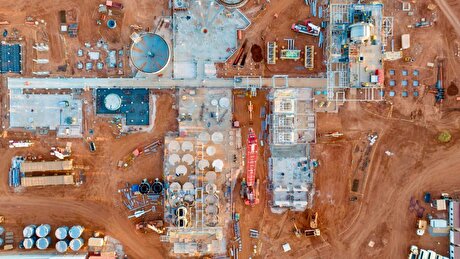
Australia to invest $33 million to boost Liontown’s Kathleen lithium operations
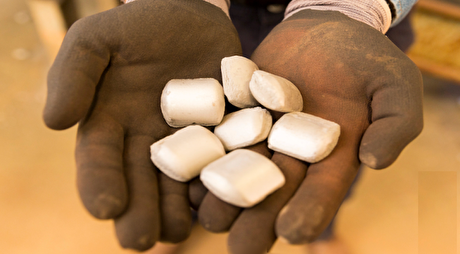
Glencore warns of cobalt surplus amid DRC export ban
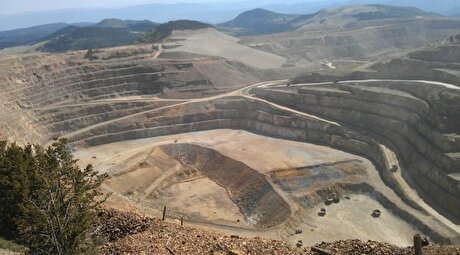
SSR Mining soars on Q2 earnings beat

A Danieli greenfield project for competitive, quality rebar production

China limits supply of critical minerals to US defense sector: WSJ
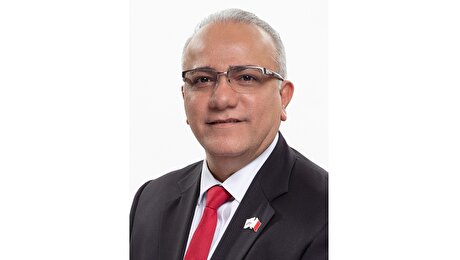
Alba Hits 38 Million Safe Working Hours Without LTI
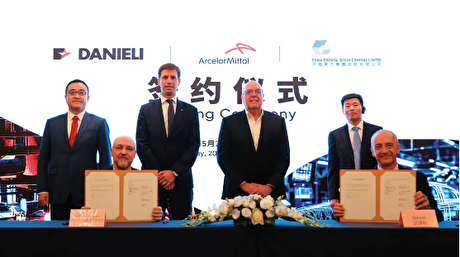
Advanced cold-rolled strip for China’s New Energy Vehicle market

Codelco seeks restart at Chilean copper mine after collapse

US slaps tariffs on 1-kg, 100-oz gold bars: Financial Times

Australia to invest $33 million to boost Liontown’s Kathleen lithium operations

Glencore warns of cobalt surplus amid DRC export ban

SSR Mining soars on Q2 earnings beat

A Danieli greenfield project for competitive, quality rebar production

China limits supply of critical minerals to US defense sector: WSJ

Alba Hits 38 Million Safe Working Hours Without LTI

Advanced cold-rolled strip for China’s New Energy Vehicle market

Codelco seeks restart at Chilean copper mine after collapse

US slaps tariffs on 1-kg, 100-oz gold bars: Financial Times
